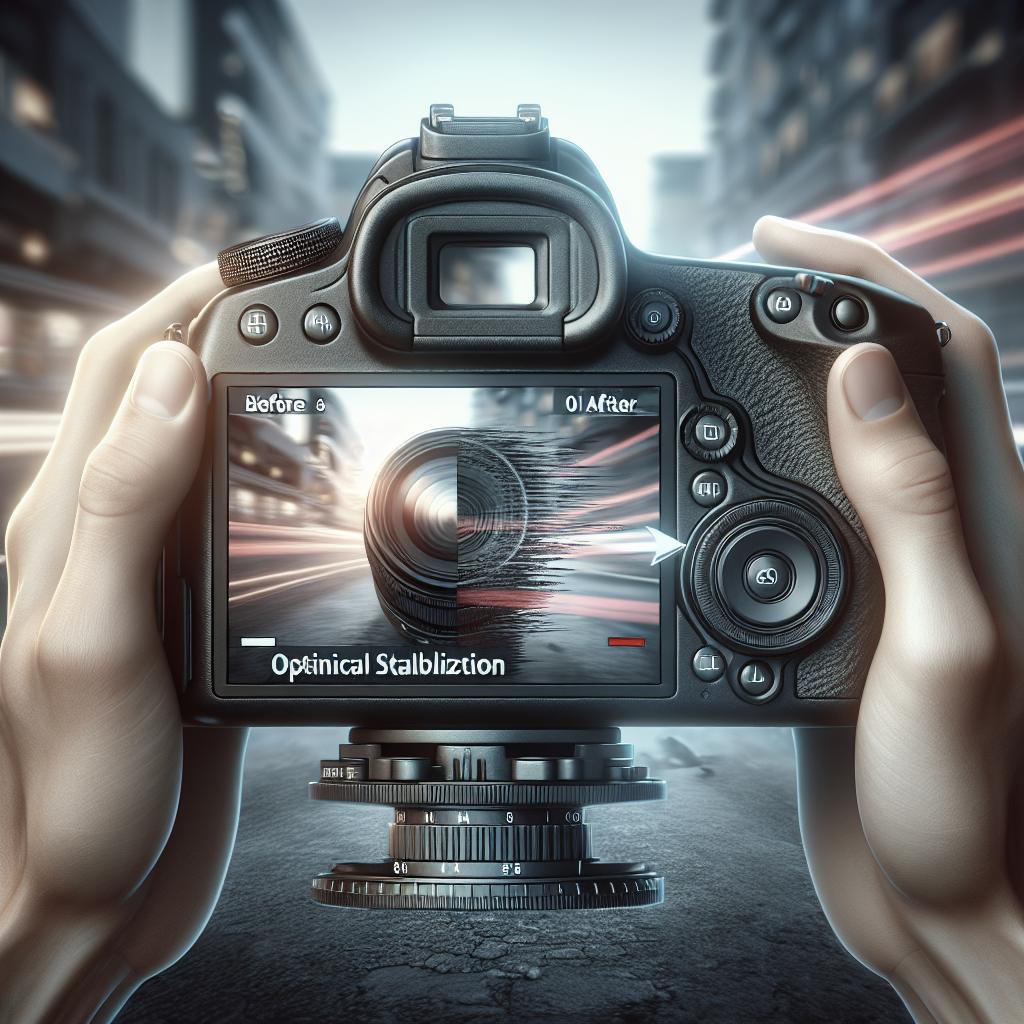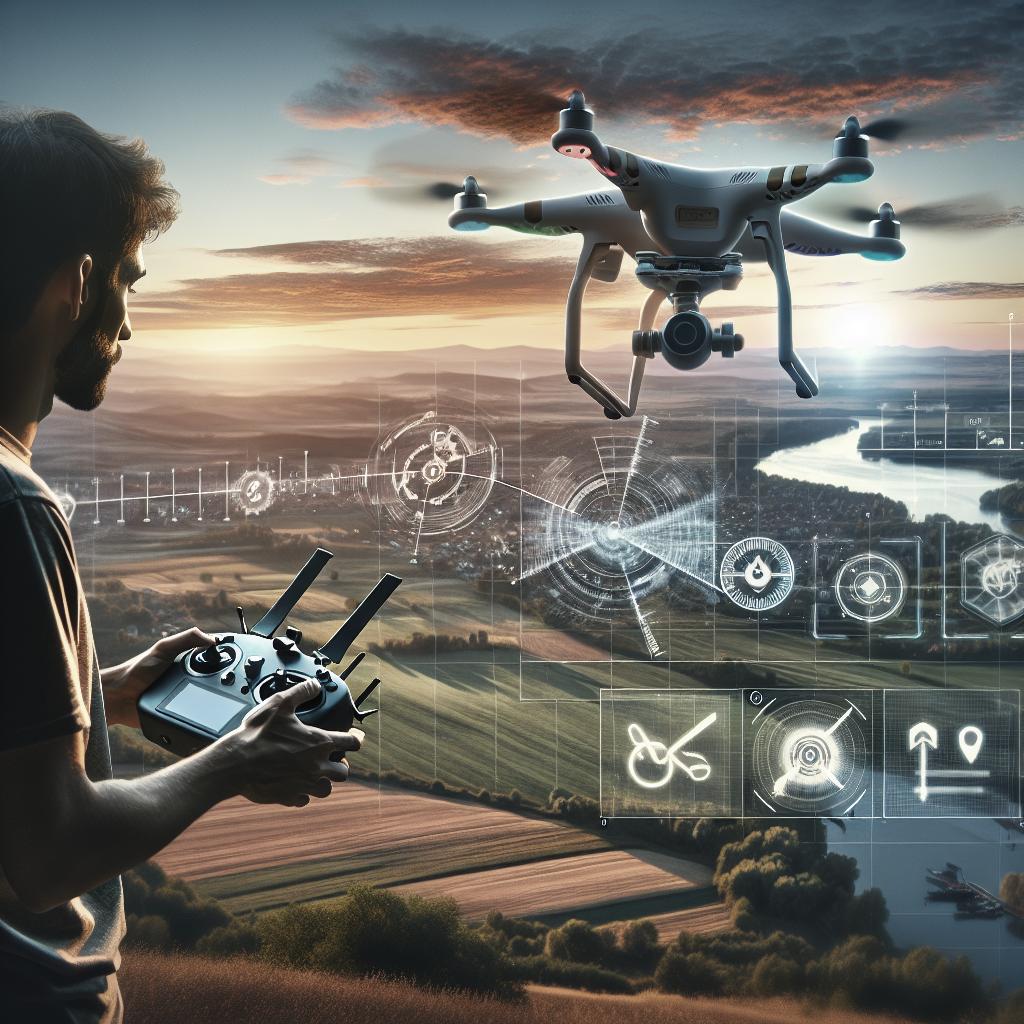“`html
Crucial Equipment for Documentary Filming
Documentary filmmaking is an art that requires a combination of storytelling prowess and technical expertise. To bring compelling stories to life, filmmakers must leverage the best tools available. Whether a piece revolves around travel, technology, or human emotion, the right equipment can significantly enhance the narrative and production quality. This article explores the essential gear that documentary filmmakers should consider. From top-notch cameras to robust editing software, we’ll delve into the necessary equipment that aids in capturing stunning visuals and crisp audio, ultimately enabling filmmakers to weave narratives that captivate their audiences.
High-quality filmmaking equipment
Investing in high-quality filmmaking equipment is crucial for any documentary filmmaker aiming to create a professional-looking production. The right tools can significantly enhance your ability to capture stunning visuals, ensuring that each shot contributes effectively to your narrative. Quality equipment also tends to be more durable and reliable, reducing the risk of technical failures during critical shoots.
While the initial costs might seem daunting, investing in high-quality equipment pays off in the long run with the enhanced production value, durability, and potential job opportunities it can open up. Furthermore, professional gear often comes with support networks or communities, offering guidance and support while you hone your craft. Ultimately, the right equipment provides a strong foundation upon which to build your documentary project, setting you up for success from the start.
Video camera for filmmaking
The choice of a video camera is one of the most critical decisions a documentary filmmaker will make. It sets the stage for the visual quality of your entire project. An ideal camera should offer high-resolution video, excellent color reproduction, and adaptability to various lighting conditions. Whether you’re filming in bustling urban environments or capturing the serene beauty of nature, your camera should perform optimally.
Consideration of sensor size is also important. Larger sensors typically deliver better image quality, especially in low-light scenarios—a common challenge in documentary filming. Additionally, ensure your camera has a robust set of customizable settings. This flexibility will allow you to adjust quickly to different shooting environments and creatively manipulate shots to tell your story most effectively.
Professional video cameras
For those seeking to elevate their production value, professional video cameras offer unparalleled features and controls. These cameras are often built for high-end productions, boasting superior sensor technology, advanced autofocus systems, and industry-leading dynamic range for capturing more detail in highlights and shadows. These features are particularly beneficial when filming in challenging environments.
Moreover, professional video cameras usually offer enhanced connectivity options, including XLR inputs for high-quality audio recording, as well as multiple CODEC support for post-production flexibility. Though professional cameras require a more substantial investment and have steeper learning curves, they provide the tools necessary to create content that stands out in a competitive market.
DSLR
Digital Single-Lens Reflex (DSLR) cameras have become popular among documentary filmmakers due to their versatility and affordability. They offer high-quality video and a wide range of lens options, allowing filmmakers to experiment with different visual styles. DSLRs are portable and less intrusive, making them ideal for on-the-go shooting and for projects requiring discretion.
DSLRs also come with a variety of settings that enable filmmakers to customize their shooting parameters. From manual focus controls to various frame rates, these cameras provide the flexibility needed to adapt to diverse shooting conditions, all while maintaining excellent image quality. As an added bonus, DSLRs often allow for stunning photography, offering additional content creation opportunities within a single device.
Audio adapters
While stunning visuals are crucial, capturing clean, crisp audio is equally important in documentary filmmaking. Audio adapters facilitate the connection of professional microphones to your camera, ensuring high-quality sound recordings. These adapters can be particularly useful when your camera lacks the necessary inputs for high-quality audio equipment.
When selecting an audio adapter, consider factors such as input options, size, and build quality. Some adapters offer advanced features like manual audio control options and phantom power, which can considerably enhance your audio capture capability. Remember, poor audio quality can significantly detract from the audience’s experience, making effective audio adapters vital for high-quality productions.
Tripod
A stable shot often makes the difference between an amateurish production and a professional one. A reliable tripod is essential for achieving steady and precise shots, especially during interviews or stationary filming. Not only do tripods contribute to the aesthetics of the shot, but they also allow the filmmaker greater flexibility in achieving creative angles without the instability that handheld shooting can introduce.
When choosing a tripod, consider its material and weight, especially if you travel frequently. Carbon fiber tripods provide robust stability without excessive weight. Additionally, consider tripods with fluid heads for smooth panning and tilting, crucial for cinematic movements and capturing scenes where action unfolds over a broad area.
Extra batteries and memory cards
Nothing halts a shoot faster than running out of battery or memory. Hence, carrying extra batteries and memory cards is not just a suggestion, but a necessity for uninterrupted filming. Documentary filmmakers often find themselves in unpredictable shooting environments where power outlets and computer backups are inaccessible.
Investing in high-capacity batteries and fast memory cards can prevent disruptions during critical filming moments. Always ensure batteries are fully charged and memory cards formatted before beginning a shoot. This preparation ensures that battery life and storage space won’t hold you back from capturing even the longest or most spontaneous of sessions.
Lighting kit
Lighting can transform the mood and appearance of your documentary footage. A comprehensive lighting kit allows filmmakers to control the visual ambiance, ensuring subjects are well-lit and colors are accurately represented. Effective lighting conveys professionalism and enhances viewer engagement, essential for interviews and scenes requiring detailed visual storytelling.
Key components of a lighting kit include softboxes, LED panels, reflectors, and adjustable stands. Soft, diffused lighting is typically preferred in documentaries to avoid harsh shadows while maintaining a natural look. Portability and ease of setup are also key considerations, especially for travel-focused projects where rapid location changes are common.
Hard drives and editing software
Post-production is where your documentary truly comes to life. An efficient workflow requires reliable hard drives for storage and robust editing software for video manipulation. Investing in high-capacity and high-speed hard drives ensures that your footage is safely stored and easily accessible. Rescue and backup drives are also advisable for data security.
In terms of editing software, programs like Adobe Premiere Pro, Final Cut Pro, and DaVinci Resolve are industry standards, offering a wealth of features to enhance and finesse your footage. These programs provide tools for color correction, audio balancing, and special effects that can transform raw footage into polished stories ready for audience consumption.
Final thoughts
Choosing the right equipment for documentary filmmaking is a comprehensive process that involves balancing quality, cost, and function. The right tools can enhance your narrative, provide solutions to potential production challenges, and pave the way for creating compelling content that resonates with your audience.
| Equipment | Importance |
|---|---|
| Video Camera | High-resolution, adaptable to lighting |
| Professional Video Cameras | Advanced features for unparalleled quality |
| DSLR | Versatile, affordable, portable |
| Audio Adapters | Ensure high-quality sound |
| Tripod | Stabilizes shots for professional quality |
| Extra Batteries & Memory Cards | Prevents film interruption |
| Lighting Kit | Controls ambiance and mood |
| Hard Drives & Editing Software | Ensure efficient post-production |
“`


